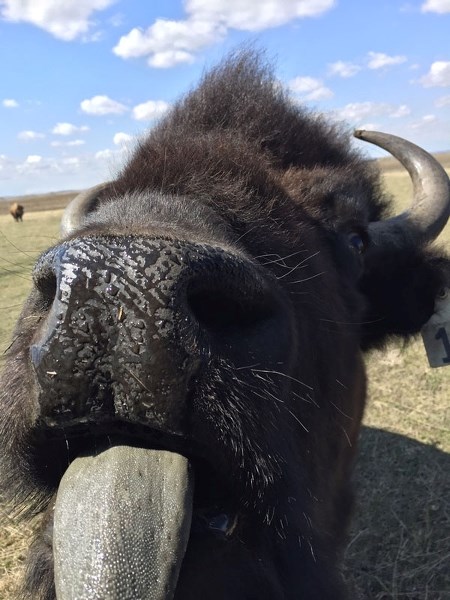A local Fish and Wildlife officer says now is the time for producers to take extra care to keep their livestock safe.
Samantha Hillier says predators such as coyotes and wolves know it's calving season, so they're looking for newborn calves, which are an easier kill than adult cattle or bison.
Hillier says farmers can receive compensation if it can be proven that their animals were killed by predators.
One example occurred the week of April 10 when a bison calf was found to have been killed by a predator – probably a lone coyote, Hillier says – on a farm a couple of kilometres south of Olds.
“For cattle, sheep, goats and bison, there's a compensation program that we have if we can confirm that it was killed by a predator,” Hillier says.
If farmers believe a member of their livestock herd has been killed, they can contact the provincial government, she said.
They should put a tarp over the carcass and move it inside a building to ensure it's not fed upon more by coyotes, ravens or other scavengers, she said.
“Then we come out,” Hillier says. “We take a look at the hide. We look at where the attack marks happened.
“We look under the skin for hemorrhaging (bleeding) so that we know the attack was pre-mortem (before death) versus post-mortem, because a lot of times, we find puncture marks, but there's no hemorrhaging under the skin, which means that it maybe was set upon by an animal, but not necessarily killed by that animal.”
Hillier also suggests bringing calves and their moms in as close as possible to the producer during calving season to protect them from predators.
“That (case near Olds) was unfortunate, just because the mom and calf got separated. But ideally, if you know that you're calving, it would be nice to bring them in closer where the farmer can keep an eye out for their livestock,” she says.
However, she concedes that's not always possible.



